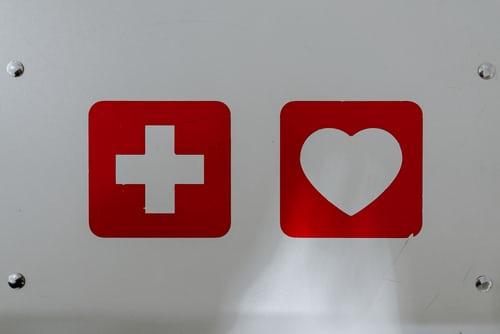Infusion centers offer more comprehensive care for SCD than hospital emergency rooms.
A new study published in the journal Annals of Internal Medicine shows people with sickle cell disease in acute pain crises received significantly improved care at specialized infusion centers than emergency departments (ER), including faster access to pain treatments and reduced hospital admission rates. The study demonstrates how the barriers to quality ER treatment for sickle cell disease can lead to a higher percentage of negative patient outcomes.
“Getting care in the right place at the right time, it makes life better for the patients – and better for the providers and better for the payers,” said Sophie Lanzkron, the lead author and a hematologist and the director of the Sickle Cell Center for Adults at Johns Hopkins.

The Centers for Disease Control and Prevention (CDC) defines sickle cell disease (SCD) as a group of inherited red blood cell disorders. In patients with SCD, “the red blood cells become hard and sticky and look like a C-shaped farm tool called a sickle. The sickle cells die early, which causes a constant shortage of red blood cells. Also, when they travel through small blood vessels, they get stuck and clog the blood flow. This can cause pain and other serious problems such infection, acute chest syndrome and stroke,” the agency explains.
The National Institutes of Health call for immediate pain treatment for SCD when necessary, which will help patients “move and breathe, improving blood flow and getting oxygen throughout the body to end the crisis.” However, those with SCD have long indicated that they’ve received poor treatment at the ER, and some have suggested that they’ve even been met with racist comments such as “Black people having higher pain tolerance” (as the disease disproportionately affects African Americans).
The amount of crisis situations that are occurring at the ER at any given time also decrease quality of care and attentiveness that these patients require. Those with SCD have also reported being questioned or not believed when they express the pain that they’re in as well as not given the pain medication they need due to suspicion of opioid addiction.
To improve quality of care for those with SCD, some medical facilities have set up separate infusion centers, referred to, at times, as “day hospitals,” with staff trained to help patients going through sickle cell crises. “Sometimes they’re separate facilities, while sometimes they include a few beds at a bigger center,” according to the study.
The infusion center “model offers a better way to manage this horrific disease,” Julie Kanter, a hematologist and the director of the University of Alabama at Birmingham’s adult sickle cell clinic, wrote. “Hospitals should recognize the value of the infusion center model as a requirement to do what is right for those living with SCD.”
Overall, the team found, “It took patients at infusion centers an average of 62 minutes to get their first dose of pain medication versus 132 minutes at…the centers compared to emergency rooms. And patients in infusion centers were four times as likely to be discharged home, perhaps because the rapid, more aggressive pain treatment they received precluded the need for hospitalizations.” Thus, patients are receiving what they need quicker without the red tape of being admitted to ERs and there is a significant need for more of these centers in order to improve quality of care.


Join the conversation!